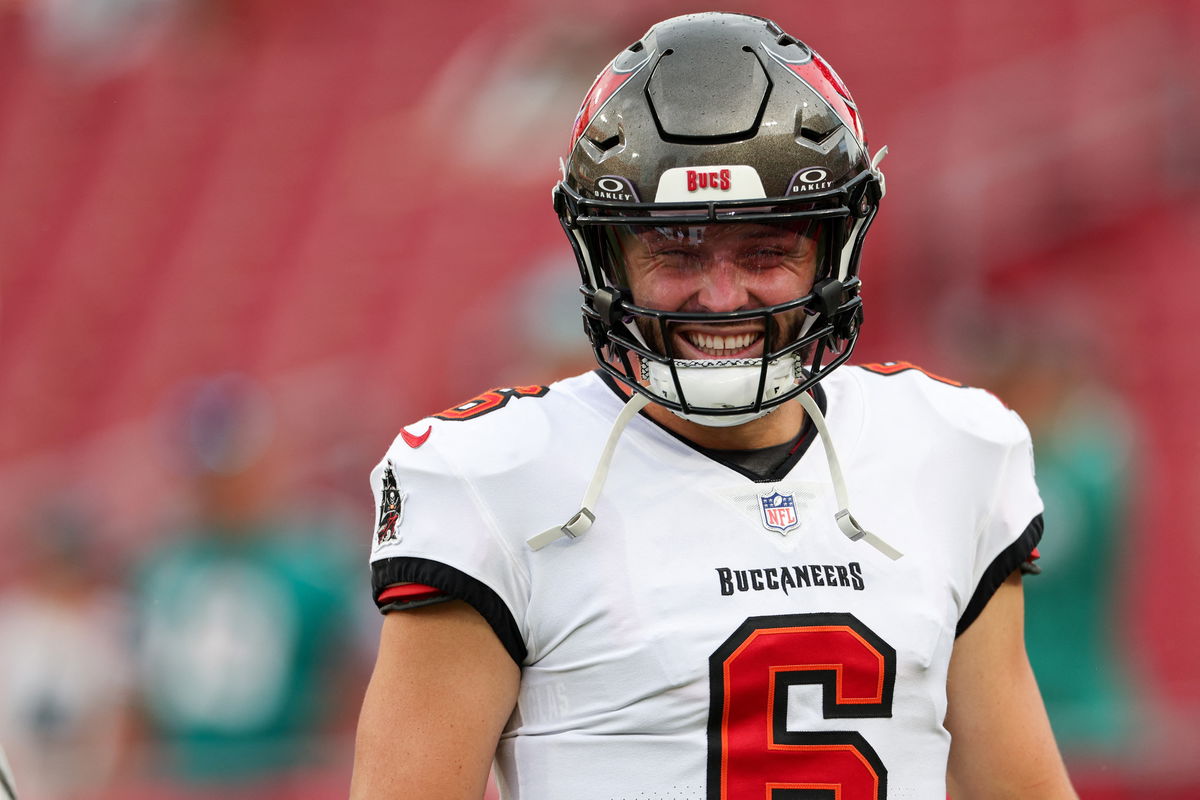
USA Today via Reuters
Aug 23, 2024; Tampa, Florida, USA; Tampa Bay Buccaneers quarterback Baker Mayfield (6) warms up before a preseason game against the Miami Dolphins at Raymond James Stadium. Mandatory Credit: Nathan Ray Seebeck-USA TODAY Sports

USA Today via Reuters
Aug 23, 2024; Tampa, Florida, USA; Tampa Bay Buccaneers quarterback Baker Mayfield (6) warms up before a preseason game against the Miami Dolphins at Raymond James Stadium. Mandatory Credit: Nathan Ray Seebeck-USA TODAY Sports
By 2014, the NCAA was pulling in $989 million annually, with profits touching $80 million. Texas football alone was valued at over $133 million, with $74 million in profits. Yet the athletes, the ones filling the stadiums, bringing in TV ratings, and powering billion-dollar sponsorships, saw none of it. For decades, the NCAA enforced strict rules that barred players from receiving compensation beyond scholarships. Now, with a $2.8 billion settlement approved for athletes from 2016 onward, college sports is finally acknowledging a deeply unjust system—but only partially.
Watch What’s Trending Now!
Tony Casillas, who played for Oklahoma from 1982 to 1985, wasn’t just a standout; he was the backbone of a national championship team. A Lombardi Award winner and All-American, he helped elevate the Sooners’ profile at a time when dominance on the field translated into long-term gains off it. That era laid the groundwork for Oklahoma’s future: by the 2010s, the program was generating over $100 million a year through TV deals, recruiting strength, and brand partnerships. Casillas, like so many players from his era, helped build the system but never saw a dollar of what it became. So when news of the $2.8 billion NCAA settlement broke, he didn’t hold back.
“How about the old dudes (pioneers) that helped build these athletic programs? What a joke!!” the Cowboys legend wrote on Instagram. It wasn’t just a jab, but a visceral response from someone whose generation left the game with lifelong injuries, mounting medical costs, and no share in the billions their programs eventually earned. And Casillas’ frustration isn’t unique because this story extends far beyond Norman.
ADVERTISEMENT
View this post on Instagram
Texas, for example, averaged $93 million in football revenue in the early 2010s. Notre Dame had signed lucrative conference deals as early as 1999, and by 2016, Michigan had landed a record-breaking $173.8 million partnership with Nike. The SEC and Big Ten each surpassed the $1 billion revenue mark, becoming financial titans built largely on the backs of unpaid athletes.
Yet out of 228 Division I schools, only seven reported profits from athletics in 2016. The rest stayed afloat with the help of student fees and public funds, while the average football player at major programs saw $90,000 spent annually on their participation, seven times more than what was spent on regular students. Still, none of that spending went directly into players’ pockets.
ADVERTISEMENT
So while Tony Casillas and countless others from the 1980s, 1990s, and early 2000s continue to watch from the sidelines, the NCAA’s reckoning has arrived—just not for them. Instead, it’s players like Baker Mayfield, another Oklahoma quarterback, who stand to benefit.
ADVERTISEMENT
Baker Mayfield & his era cash in as NCAA releases $2.8B jackpot
After an 11-year court battle that started with the Ed O’Bannon case and intensified when swimmer Grant House filed a lawsuit. U.S. Judge Claudia Wilken approved the $2.8 billion settlement on Friday. With an annual ceiling of $20.5 million per school in Year 1, colleges can now pay players directly starting July 1. The NCAA? No longer in charge. A new ‘College Sports Commission’ will be in charge of enforcement for power conferences.
The payment window includes athletes like Baker Mayfield, who played for Oklahoma from 2015 to 2017. The NCAA was still using outdated NIL regulations when Mayfield was walking onto teams, surviving snubs, and throwing 42 touchdowns in a single season. Now, thanks to the House settlement, players from 2016 onward will receive a cut of the billions they helped generate. And that cut? A whopping $2.7 billion.
Top Stories
Seahawks’ Ernest Jones IV Accuses Rams of Inappropriate Comments After Puka Nacua’s Feud With Nick Emmanwori
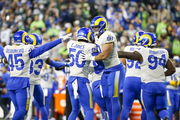
Patrick Mahomes’ Chiefs Extremely Close to Leaving Arrowhead Amid Kansas State’s Announcement, Per Report
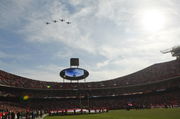
Seahawks Star Awaits Punishment After Controversial Incident Involving Matthew Stafford’s Offense
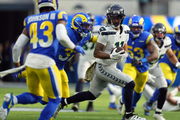
Brian Schottenheimer Calls Out Dak Prescott’s O-Line After Making Decision Whether to Sit Cowboys QB

Matt Eberflus Announces Major Position Change as Cowboys DC Addresses Jerry Jones Potentially Firing Him
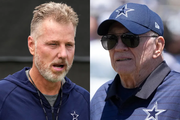
The journey of Mayfield from an undersized system QB to Heisman winner and NFL starter is the tale of a generation of athletes who grinded diligently without ever receiving compensation. Mayfield said in 2015, “So many guys transfer nowadays because they think there’s too much competition at a place. I think they’re overdoing it, but you’re going to have to grind it out no matter where you are. When people are picking where they want to go to school, you have to feel out what’s going to be the best opportunity for you and your future. That’s why I came to Oklahoma.” That chip on his shoulder became fuel—and now, finally, the NCAA is being forced to acknowledge that the system wasn’t just unfair—it was profitable at the players’ expense.
ADVERTISEMENT
Despite the significance of this settlement, many ethical and legal issues remain. Are athletes now considered employees? What about federal legislation? Charlie Baker, president of the NCAA, maintains that, “Approving the agreement reached by the NCAA, the defendant conferences and student-athletes in the settlement opens a pathway to begin stabilizing college sports.” However, if Tony Casillas’ post proves anything, it is that the history of collegiate athletics is highly disorganized. And that no amount of money can change who was disregarded for decades. The money’s flowing now—but not to those who helped build the dam.
ADVERTISEMENT
ADVERTISEMENT
ADVERTISEMENT

